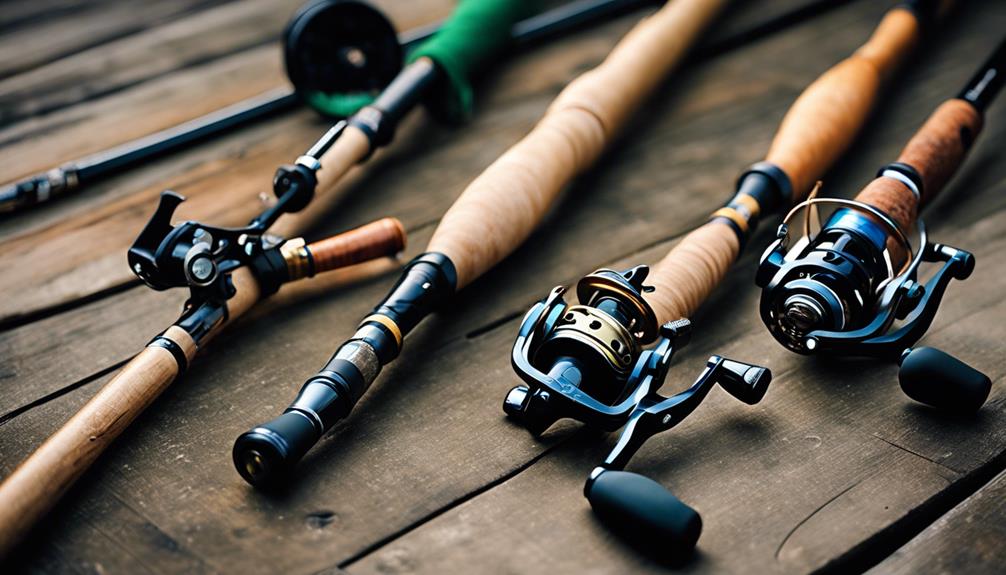When it comes to bass fishing, the right fly can make all the difference between a successful day on the water and a frustrating one. In this comprehensive guide, we will delve into the world of fly fishing flies for bass, exploring the best patterns, techniques, and tips to enhance your fishing experience. Whether you’re a seasoned angler or a beginner, this post will provide valuable insights to help you catch more bass using flies.
Understanding Bass Behavior: The Key to Choosing the Right Fly
To effectively use fly fishing flies for bass, it’s essential to understand the behavior and feeding habits of bass. Bass are opportunistic feeders and will eat a variety of prey, including minnows, crayfish, and insects. They are most active during warmer months and can often be found near cover, such as submerged logs, rocks, and vegetation. By understanding where and when to fish, you can select the most suitable flies that mimic their natural food sources.
Top Fly Patterns for Bass Fishing
When it comes to selecting the best fly fishing flies for bass, a variety of patterns can be effective. Some popular options include:
1. Clouser Minnow: This versatile fly imitates baitfish and is great for both freshwater and saltwater bass fishing.
2. Deer Hair Frogs: These flies mimic the movement of frogs, a favorite meal for bass, especially in the spring and summer.
3. Crayfish Patterns: Crayfish are a primary food source for bass, and using realistic crayfish patterns can yield impressive results.
4. Popper Flies: Ideal for surface fishing, poppers create a disturbance on the water’s surface, attracting bass with their visual and auditory cues.
Each of these patterns plays a vital role in the arsenal of fly fishing flies for bass. Experimenting with different sizes and colors can help you determine what works best in specific conditions.
Seasonal Strategies for Fly Fishing Bass
The effectiveness of fly fishing flies for bass can vary with the seasons. During the spring, bass are in shallow waters preparing to spawn, making it an excellent time to use topwater flies. In the summer, when bass seek cooler depths, try using sinking flies or streamers to reach them. Fall is a transitional period, making it a good time for a variety of patterns, while winter fishing often requires slow presentations with smaller flies. Tailoring your fly choice and fishing techniques to the seasons can significantly increase your success rates.
Essential Gear for Fly Fishing Bass
Having the right gear is crucial for effective bass fishing. When targeting bass with flies, consider the following equipment:
1. Fly Rod and Reel: A medium-weight rod (5 to 8 weight) is ideal for bass fishing, paired with a reliable reel that can handle the weight of the fish.
2. Fly Line: Floating lines are typically used for surface fishing, while sinking lines can be effective for deeper presentations.
3. Leaders and Tippets: A strong leader (at least 12-20 lbs) is necessary to handle the aggressive nature of bass, while tippets can be adjusted based on the size of the fly being used.
Investing in quality gear will enhance your fishing experience and help you land more bass using your fly fishing flies for bass.
Techniques for Effective Bass Fly Fishing
To maximize your success, it’s important to employ effective techniques when using fly fishing flies for bass. Here are some key strategies:
– Casting Accuracy: Aim for precise casts to target specific structures where bass are likely hiding, such as under overhanging trees or near rocks.
– Retrieve Techniques: Vary your retrieve speed and style to mimic the natural movement of bait. Experiment with short, quick strips or longer, slower retrieves.
– Use of Color: Bright colors can be effective in murky waters, while natural colors work well in clear conditions. Adjust your fly choice based on the water clarity and light conditions.
By mastering these techniques, you can significantly improve your chances of hooking bass on the fly.
Fly Fishing Locations for Bass
Choosing the right location is crucial when targeting bass with flies. Freshwater lakes, rivers, and ponds are all excellent options. Look for areas with ample cover, such as lily pads, submerged trees, and rocky structures. Additionally, consider fishing during early morning or late evening when bass are most active. Researching various water bodies in your area can help you discover new and productive spots for fly fishing.
Conservation and Respect for the Environment
As anglers, it’s vital to practice responsible fishing to protect our natural resources. When using fly fishing flies for bass, consider implementing catch-and-release practices to maintain healthy fish populations. Ensure you follow local regulations regarding fishing seasons and limits. Additionally, be mindful of the environment around you; avoid littering and respect wildlife habitats. By being a responsible angler, you contribute to the sustainability of bass fishing for future generations.
Conclusion: Elevate Your Bass Fishing with the Right Flies
In conclusion, using the right fly fishing flies for bass can transform your fishing experience, making it more enjoyable and productive. By understanding bass behavior, selecting appropriate fly patterns, mastering effective techniques, and practicing responsible fishing, you’ll be well on your way to becoming a successful bass angler. Get out there, experiment with different flies, and enjoy the thrill of fly fishing for bass! Happy fishing!
